sgeorges4
I really should change my personal text
- Joined
- 8 October 2017
- Messages
- 665
- Reaction score
- 334
founded this flightglobal article answering my question: https://www.flightglobal.com/boeing-defines-747-400x/21312.article

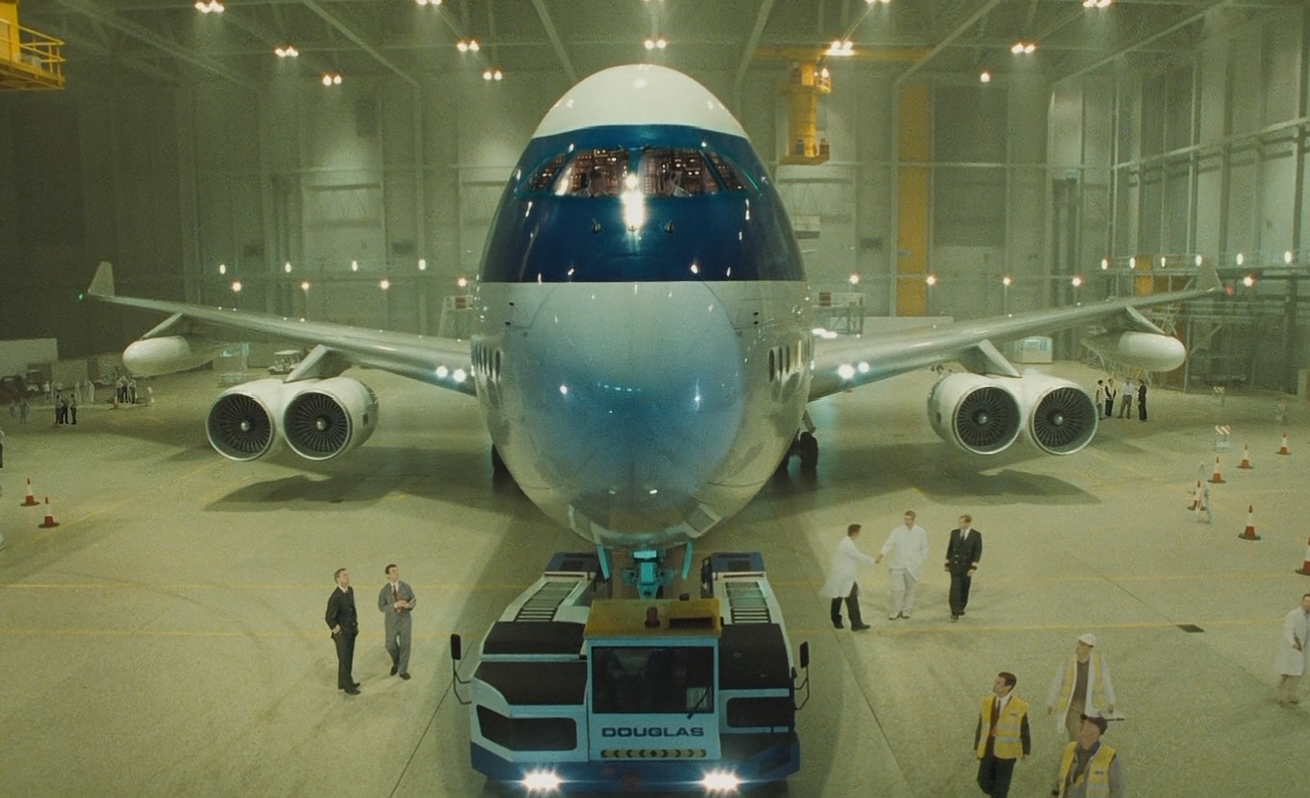
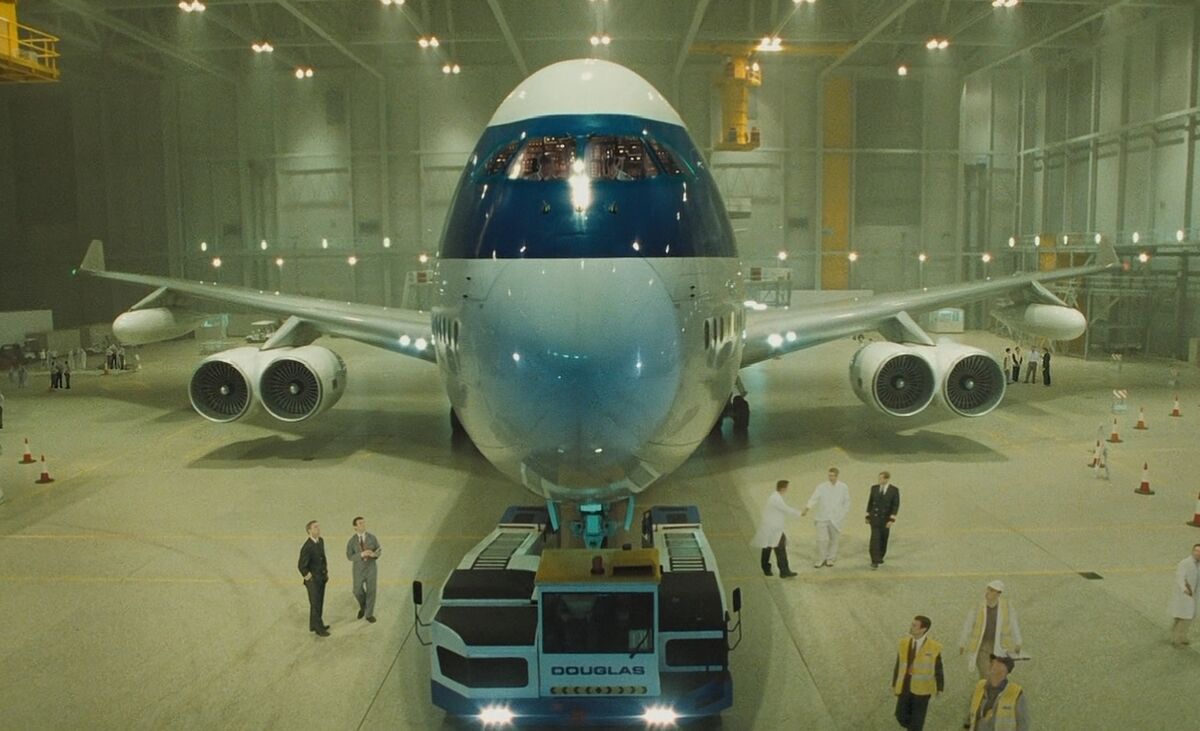
The last picture you mean? That was for the 2006 James Bond film Casino Royale.I believe the aircraft was modified for a film role but cannot recall which. Sorry.

 www.homebuiltairplanes.com
www.homebuiltairplanes.com
3000lb = 1300kg
A 747 sip 10t of fuel per hours
1300kg is enough fuel for 7 min and 20secondes (roughly 8 min).
The gradient of climb is dependent on excess thrust divided by the total weight.
With a non retractable gear, the drag would soar increasing the time to climb and reducing considerably the speed of the descent at the end of the flight.
So 8 min of fuel saved would have been easily swallowed by the extra time taken to gain alt, the slower cruise speed and the extra time needed for the descent unless the total distance b/w the two points was fairly low (20 min of flight?).
Either the 3000lb gain is vastly under estimated, either this doesn't sound credible on an engineering stand point but probable on some very specific cases. The question is then, why would you use a jet for something a turboprop would do much better?
Boeing developed the 747-100SR as a "short range" variant of the 747-100. The SR has a lower fuel capacity but can carry more passengers, up to 498 in early versions and more than 550 in later models, because of increased economy class seating. The 747SR has a modified body structure to accommodate the added stress accumulated from a greater number of takeoffs and landings. The -100SR entered service with Japan Airlines (then Japan Air Lines) on 7 October 1973. Specifically, the SR has extra structural support at the wings, fuselage, and the landing gear along with a 20% reduction in fuel capacity. Later, short range versions of the -100B and the -300 were also developed. The SRs are used primarily on domestic flights in Japan.
Two 747-100B/SRs were delivered to Japan Airlines (JAL) with a stretched upper deck to accommodate more passengers. This modification is known as the "SUD" (stretched upper deck).
All Nippon Airways (ANA) operated 747SRs on domestic Japanese routes with 455 or 456 seats but retired the last aircraft on 10 March 2006.
I wonder if the lower fuel capacity came from configuration changes (reduction in the installed tankage/piping, lightened structure) or whether it a was accomplished by simply limiting the permitted loadings. I'd guess the latter since it would require less development and would avoid creating an over-specialized machine with limited resale value.
IRL, JAL used the 747-100SR:
Boeing developed the 747-100SR as a "short range" variant of the 747-100. The SR has a lower fuel capacity but can carry more passengers, up to 498 in early versions and more than 550 in later models, because of increased economy class seating. The 747SR has a modified body structure to accommodate the added stress accumulated from a greater number of takeoffs and landings. The -100SR entered service with Japan Airlines (then Japan Air Lines) on 7 October 1973. Specifically, the SR has extra structural support at the wings, fuselage, and the landing gear along with a 20% reduction in fuel capacity. Later, short range versions of the -100B and the -300 were also developed. The SRs are used primarily on domestic flights in Japan.
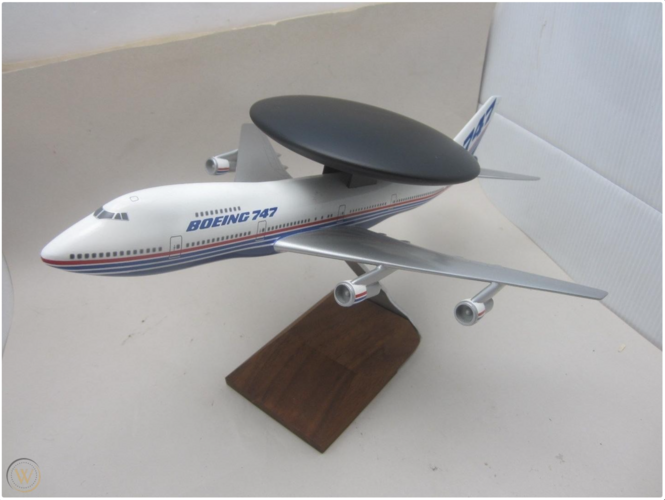
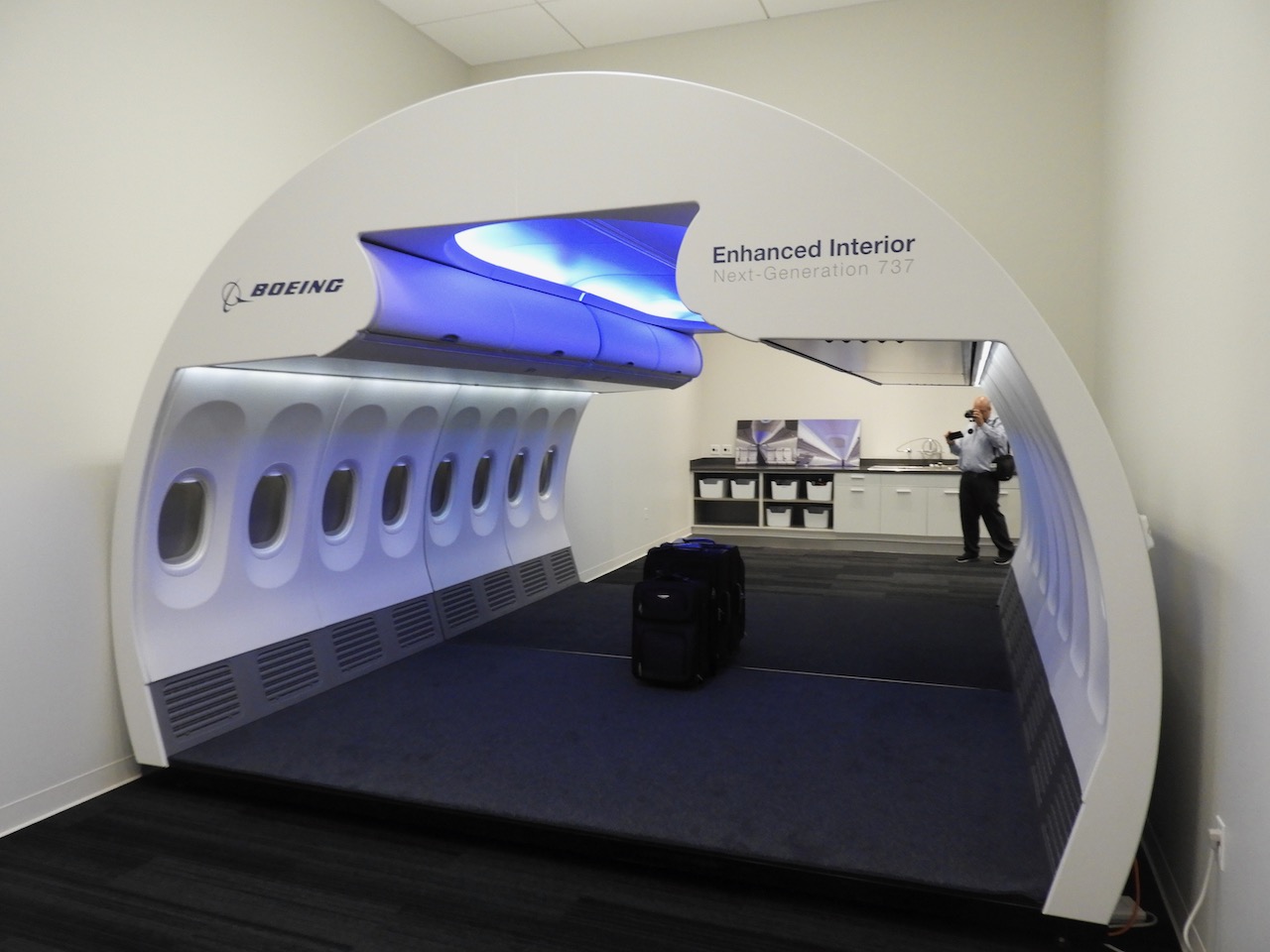
 theairchive.net
theairchive.net
It's a very shiny render which results in the image being blown out, but the pattern is an almost identical match to the one the VC-25As are flying in:air force one concept from boeing image secure website, the livery is different from both the classic and the trump one
Boeing Images
Welcome to The Boeing Company's official source for licensed aerospace photography, illustrations and videos.secure.boeingimages.com
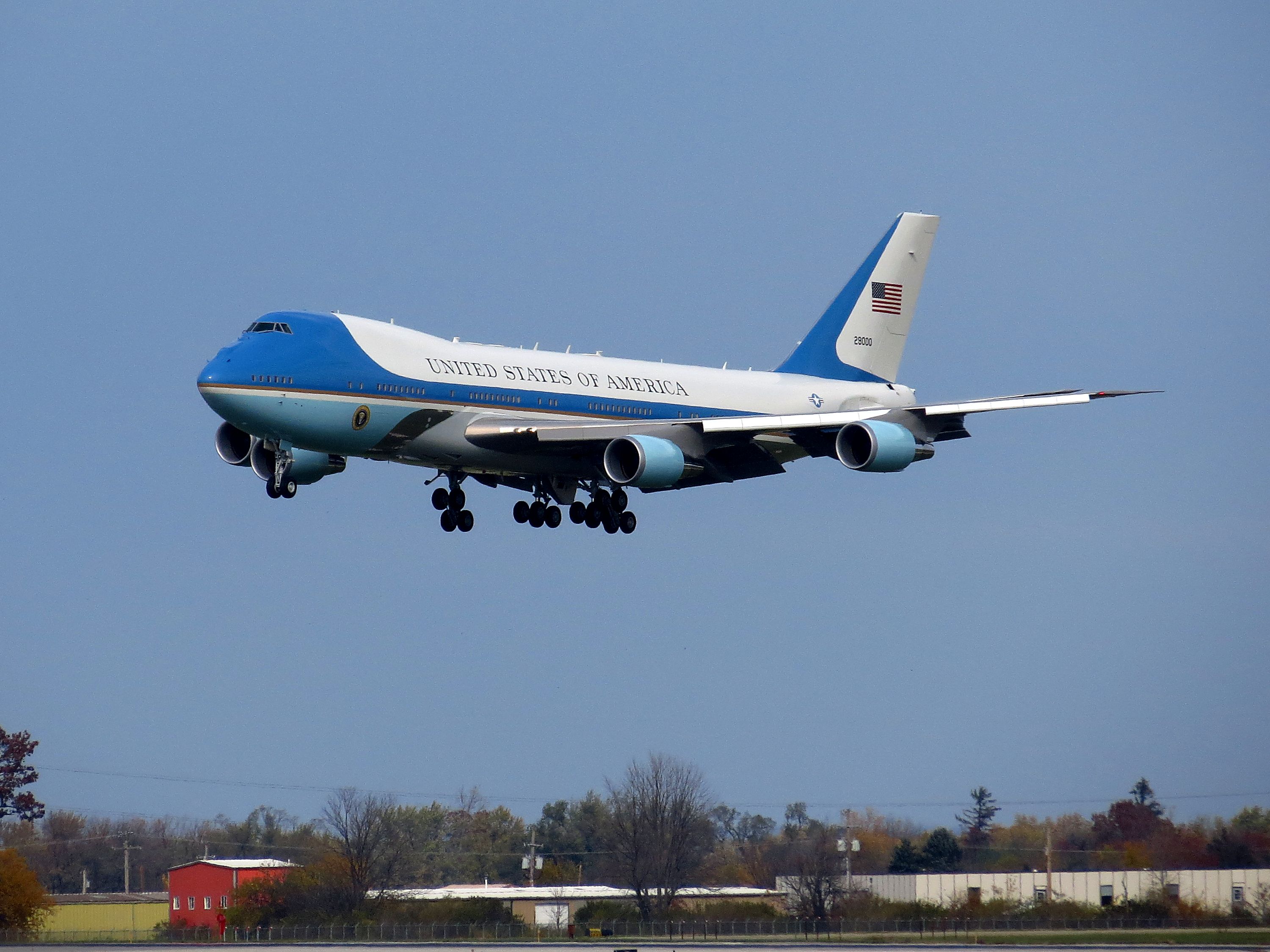

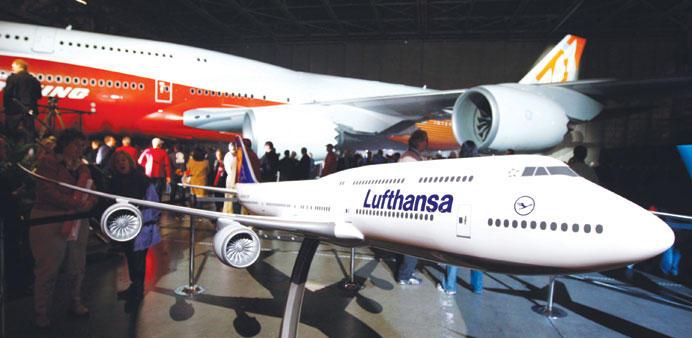
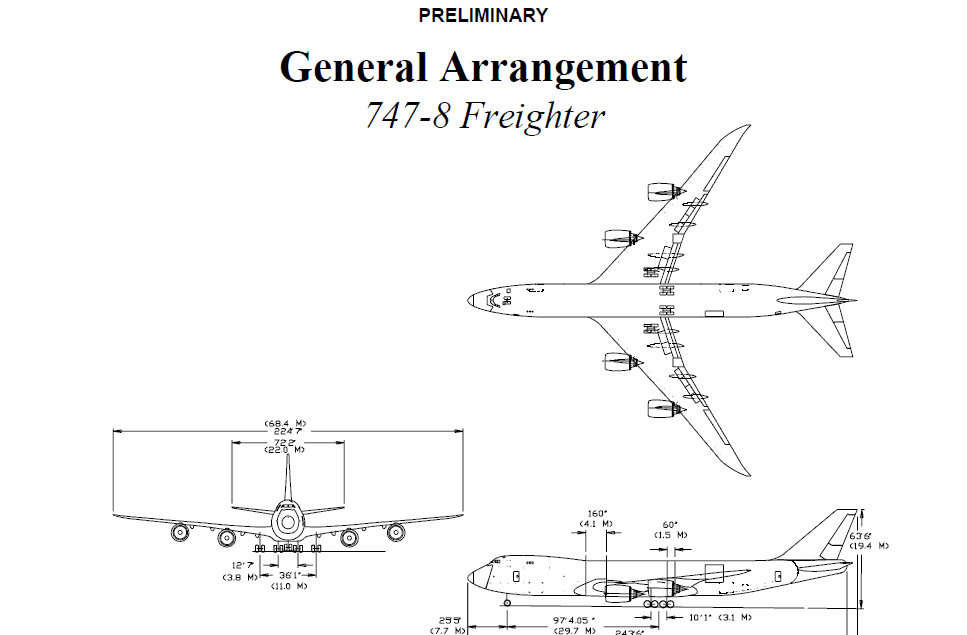
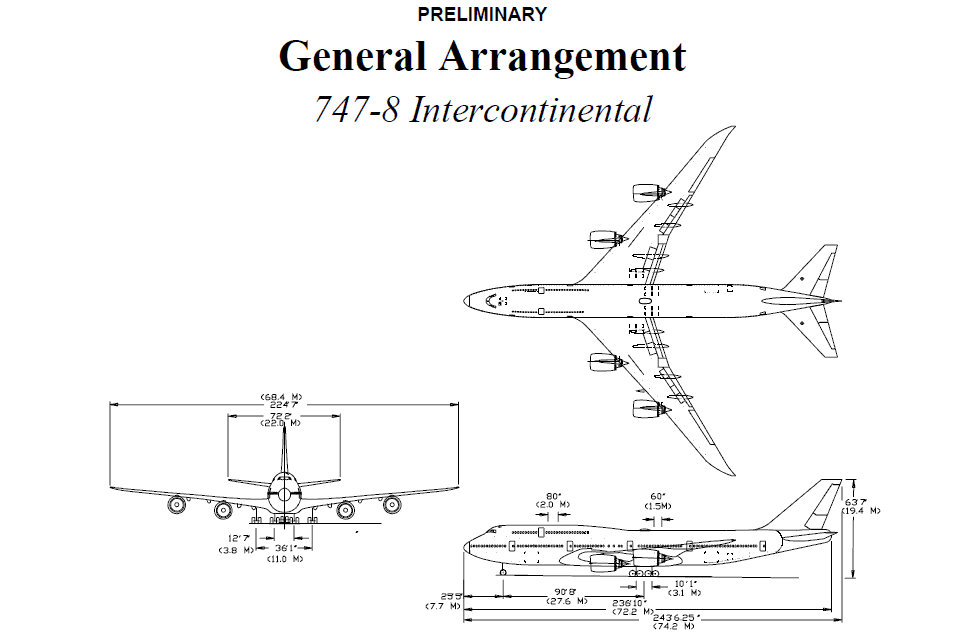

The 747-200C “Convertible” did have a nose door and full accommodations for passengers. Unfortunately it did not sell well and about a dozen were produced.Looking through the airchives boeing memorabilia, I came across a boeing 747 brochure from 1967 showcasing different option of convertible and I do wonder if these were suppose to have a nosecargo door or not

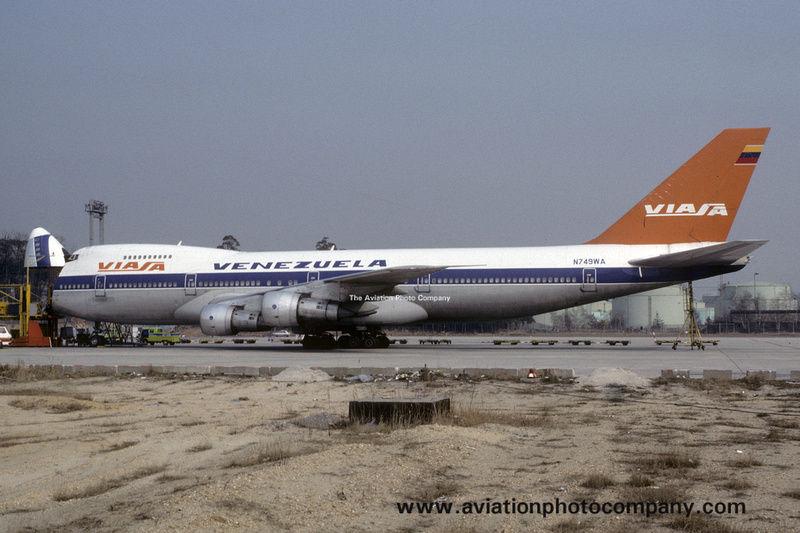
It was real, when I worked 747-400 electrical design, mid-90s to early oughts, I worked with a fellow who had doneInteresting post on homebuiltairplanes
"Back in the early 90's JAL asked Boeing to develop a 747 variant with fixed gear for short runs to islands around Japan. Taking out the retracts saved 3,000 lbs that could increase seating capasity. No gallies, no lavs just seats. Buddy of mine worked on it, he was on the team that designed the worlds biggest wheel pants. In the end JAL backed out and the worlds most beautiful airliner wasn't turned into the ugliest."

Most Beautiful Aircraft Ever Built
The most beautiful airplane ever built was the 747 that hauled me out of Korea, after being stuck there for two years! :)www.homebuiltairplanes.com
Sounds plausible to me but can anyone confirm?
Wow, that's a fascinating model. What's the provenance of that?Air New Zealand 747-500X Pacific Miniatures 1/100 circa 1996.
